Researchers at the Hong Kong University of Science and Technology (HKUST) have investigated the impact of rooftop PV systems in urban microclimates and temperatures and have found that these installations, despite their potential to enhance energy sustainability, could “inadvertently” exacerbate urban heat.
The research was conducted at the HKUST subtropical campus hosting several PV systems since 2020. The initiative involved installing more than 8,000 solar panels across 50 locations on campus, generating up to 3 million kWh of electricity.
“During a visit to the PV-equipped rooftops, researchers observed that the panels were extremely hot — hot enough to seemingly fry an egg,” the research’s lead author, Chen Liutao, told pv magazine. “This observation inspired the team to deploy environmental sensors across several rooftops to monitor air and surface temperatures and investigate the potential thermal impacts of rooftop PV systems.”
The findings revealed that rooftops equipped with PV systems experienced elevated ambient air temperatures compared to conventional rooftops. During the hottest month of July, the air temperature above PV rooftops was, on average, 1.3 C higher than conventional roofs without air conditioning (AC) units, and 0.7 C higher than those with AC units. For 15-minute averages, the temperature difference reached up to 5.2 C at noon.
The academics also examined the thermal behavior of PV panels themselves, finding that under strong solar radiation during heatwaves, PV panel surfaces could reach temperatures as high as 65.8 C, with monthly averages being 9.7 C higher than concrete surfaces. This heating effect was attributed to the panels’ high solar absorptivity and low thermal inertia. The heat dissipated into the surrounding air through convection. At night, PV panels cooled faster than conventional rooftops, slightly lowering the surrounding air temperature by less than 1 C.
To better understand how PV-induced microclimate changes affect building energy demand, the research team conducted EnergyPlus simulations for a top-floor office space beneath a PV-equipped roof. Although a 50% PV coverage could offset 71% of the building’s energy use through electricity generation, the ambient warming caused by the PV panels offset shading benefits. In July, this resulted in a net increase in cooling energy demand of 1.5%.
Beyond energy impacts, the study highlighted critical heat health risks during power outages. PV-induced warming extended “extreme danger” heat exposure periods by 29.8%, increasing the risk to building occupants during heatwaves. The researchers emphasised that the targeted use of PV-generated power for cooling during peak danger periods could transform these systems from passive heat amplifiers into active resilience assets.
The study also suggested the need for innovative PV system designs to mitigate adverse microclimate effects. Promising solutions include hybrid PV-green roof systems, phase-change materials, and PV-integrated thermal systems. These technologies could simultaneously reduce panel surface temperatures and improve energy conversion efficiency, balancing energy production with urban heat mitigation.
“Rooftop PV systems are not just energy infrastructure; they are active participants in urban microclimate systems,” Liutao stated. “Their successful integration requires dual optimisation: maximising generation potential while intelligently managing localised environmental impacts.”
The findings also underscored the variability of PV systems’ thermal effects based on factors such as panel tilt angles, array spacing, and baseline rooftop properties. The researchers called for further simulations and experiments across diverse climates and configurations to better understand and address these challenges.
“It is important to note that while these findings highlight important urban resilience considerations, they should not detract from the broader benefits of PV systems for energy sustainability and carbon reduction,” Liutao concluded. “The goal of this study is to inform improved designs and deployment strategies, ensuring that rooftop PV systems can deliver both environmental and social benefits without unintended trade-offs.
The full findings of the study are detailed in the paper “The Resilience Paradox of Rooftop PV: Building Cooling Penalties and Heat Risks”, which was recently published in Building and Environment.
In October, another international group of scientists presented a new model for the assessment of rooftop PV in urban microclimates. The modeling showed that rooftop arrays may have “unintended” consequences on temperatures in urban environments.
According to the data collected in India, rooftop systems can increase daytime near-surface air temperatures by up to 1.5 C, as they absorb approximately 90% of solar energy, converting up to approximately 20% of it into electricity, while the remainder contributes to their warming. At nighttime, on the other hand, full city PV coverage can reduce nighttime maximum near-surface air temperatures by up to 0.6 C. In peak heat hours, the roof surface temperature would rise by up to 3.2 C and have an average cooling of 1.4 at night.
“Our study also reveals that rooftop photovoltaic solar panels significantly alter urban surface energy budgets, near-surface meteorological fields, urban boundary layer dynamics, and sea breeze circulations,” the research group said at the time.
This content is protected by copyright and may not be reused. If you want to cooperate with us and would like to reuse some of our content, please contact: editors@pv-magazine.com.
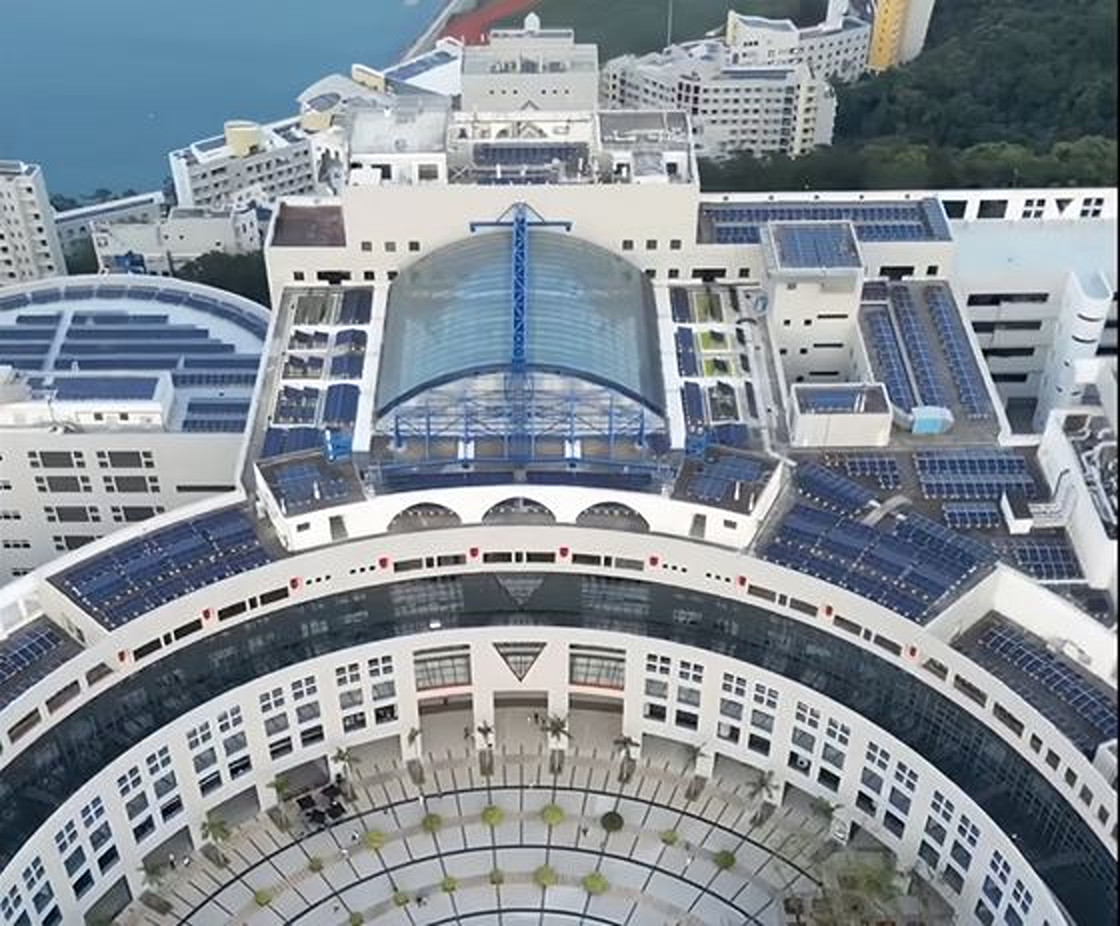
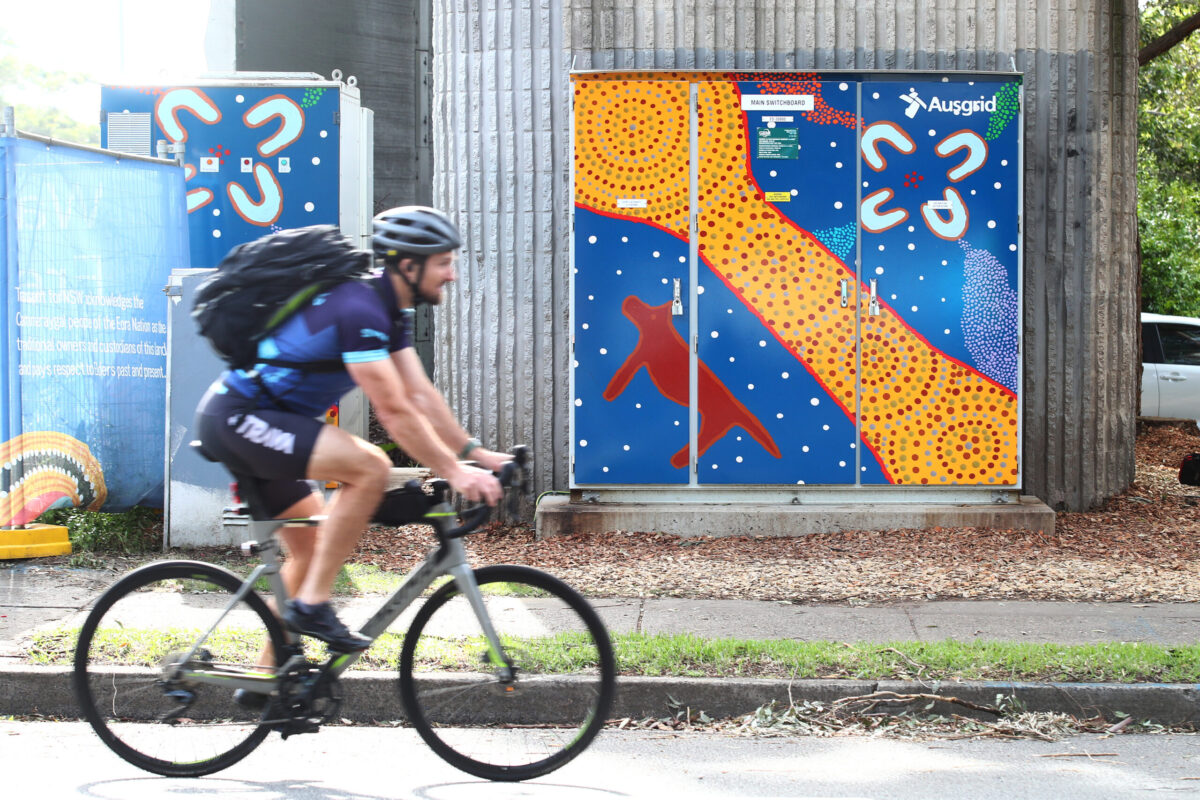


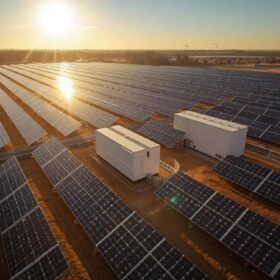

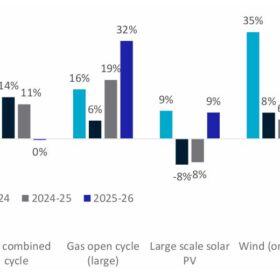

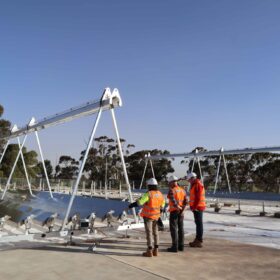
By submitting this form you agree to pv magazine using your data for the purposes of publishing your comment.
Your personal data will only be disclosed or otherwise transmitted to third parties for the purposes of spam filtering or if this is necessary for technical maintenance of the website. Any other transfer to third parties will not take place unless this is justified on the basis of applicable data protection regulations or if pv magazine is legally obliged to do so.
You may revoke this consent at any time with effect for the future, in which case your personal data will be deleted immediately. Otherwise, your data will be deleted if pv magazine has processed your request or the purpose of data storage is fulfilled.
Further information on data privacy can be found in our Data Protection Policy.